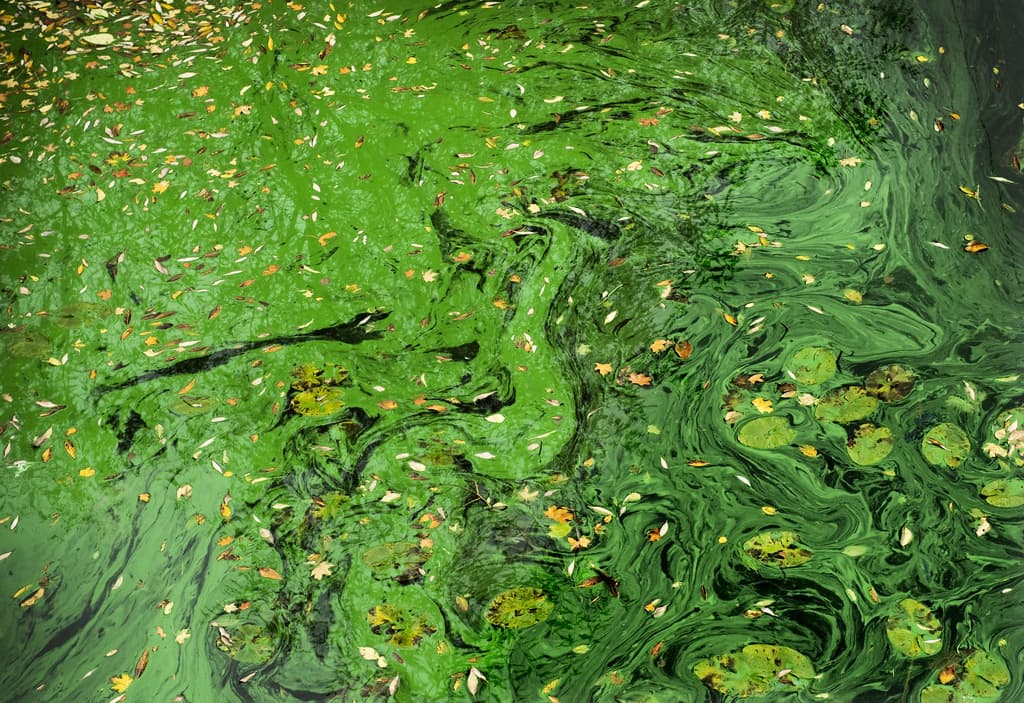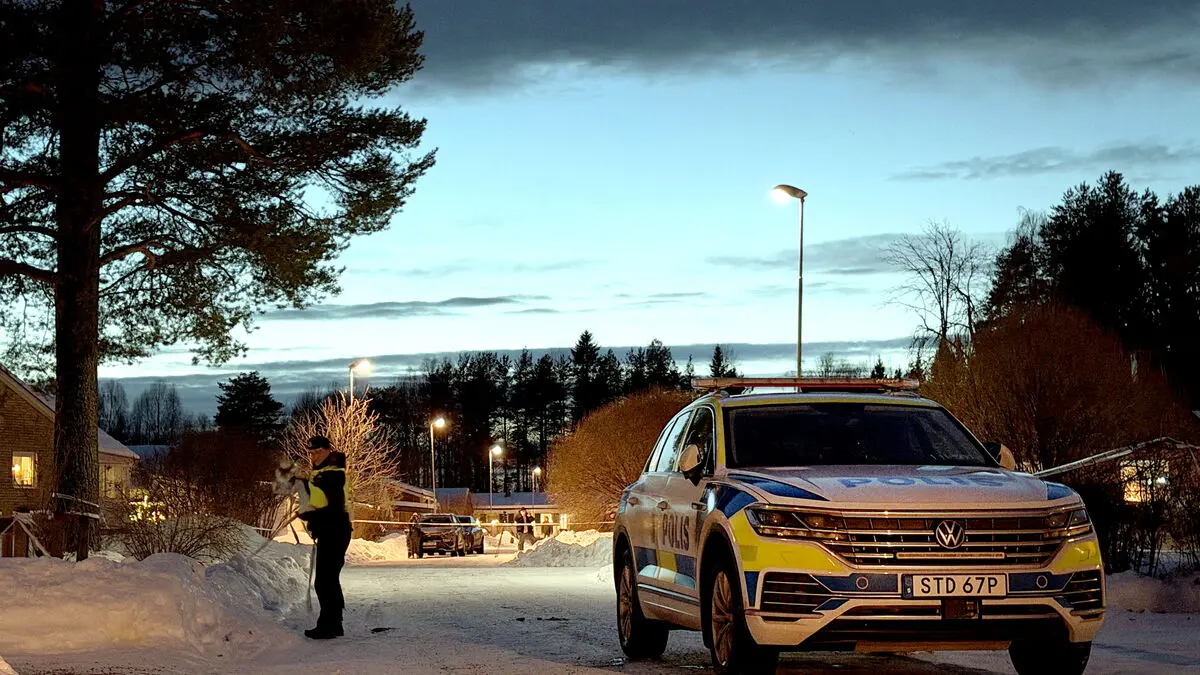The cyanobacteria and bathing people thrive under approximately the same conditions. If it's sunny and windless, they gather at the surface, says Markus Lindh, marine biologist at SMHI.
Since the weather has been a bit unstable lately, the algal bloom, or cyanobacteria, hasn't really taken off. But now, satellite images show that an accumulation of them is underway, among other places along the coasts of Gotland, Öland, and Blekinge.
It's high season for algal blooms, but when it's windy, the cyanobacteria are mixed into the water and don't affect those who bathe. If it now becomes calmer and more windless, they'll come up to the surface and divide more.
Certain cyanobacteria can produce toxins that can be toxic to humans and animals. Vomiting is the most common symptom, but not everyone gets sick.
Especially small children and dogs can get sick. But if you see a reddish-brown scum in the water, the recommendation is not to bathe, says Markus Lindh.
It's mainly two species of cyanobacteria that thrive and bloom in the Baltic Sea. These are Aphanizomenon flos-aquae and the toxic Nodularia spumigena (cat's hair algae).
The cyanobacteria resemble algae but have a competitive advantage in that they can fix nitrogen from the air.
One should be cautious about bathing in water where there are visible accumulations of cyanobacteria.
Source: SMHI





